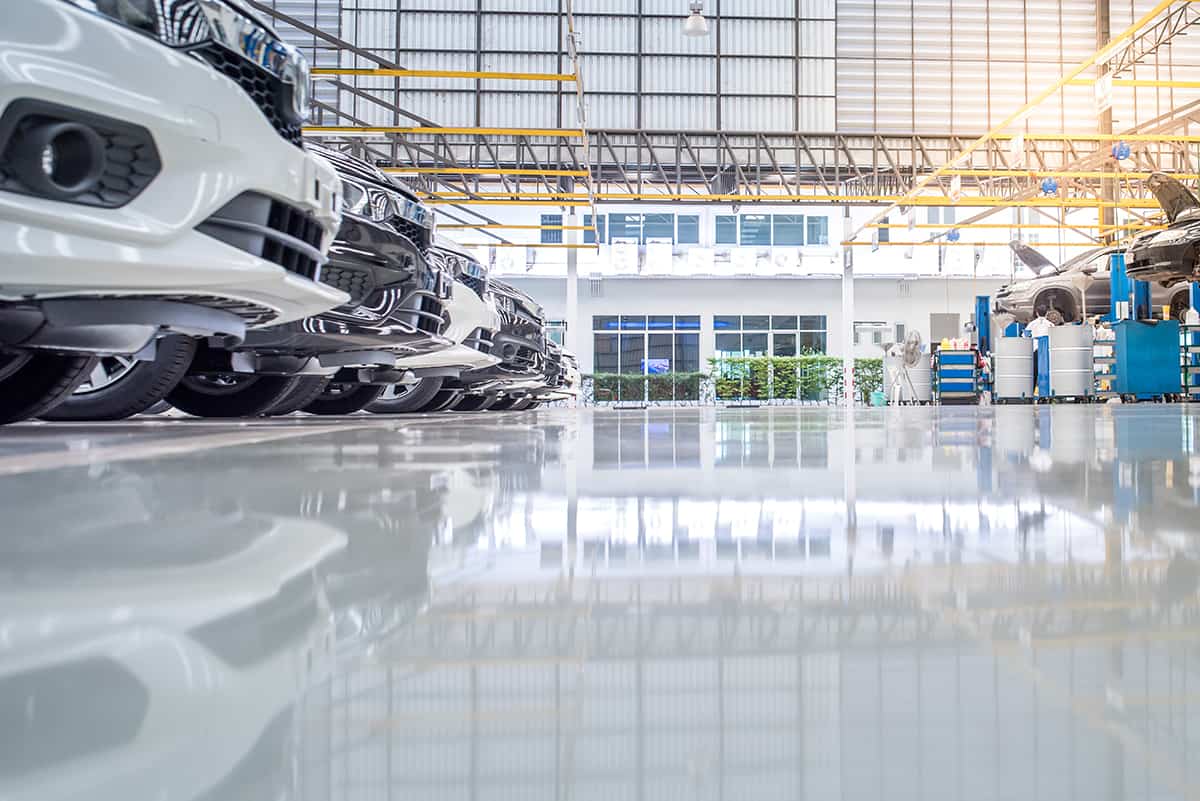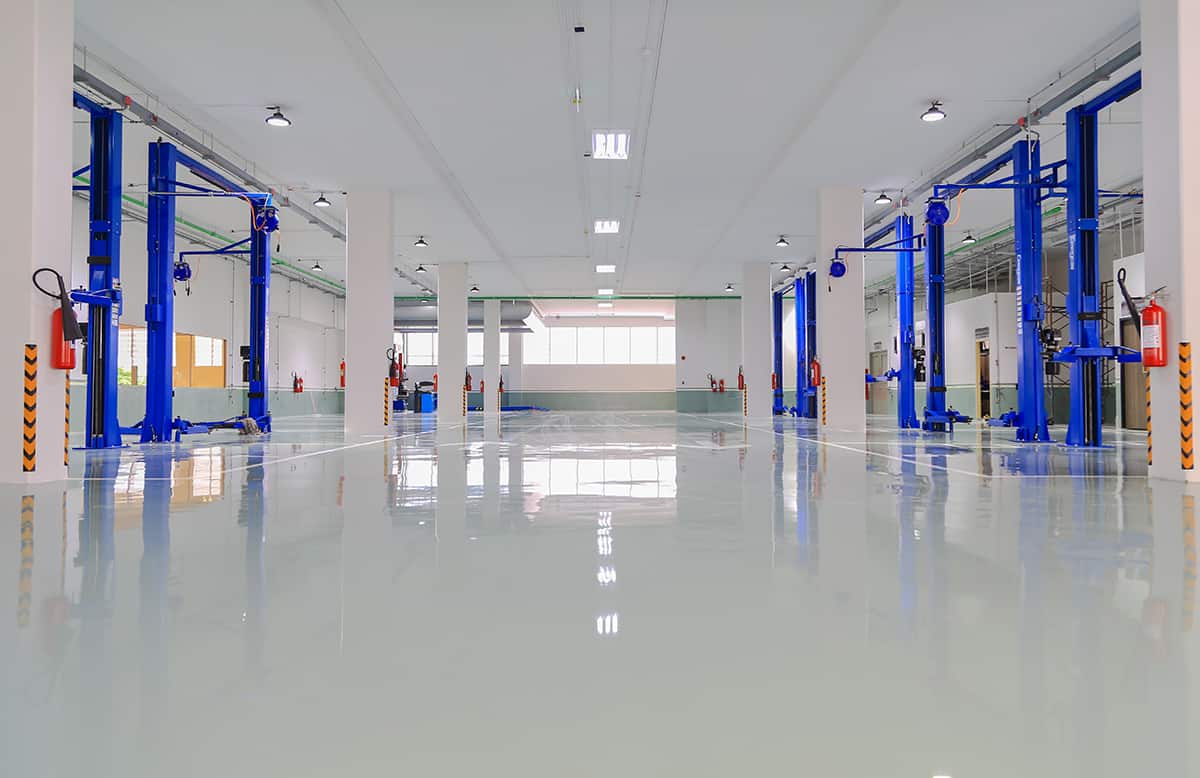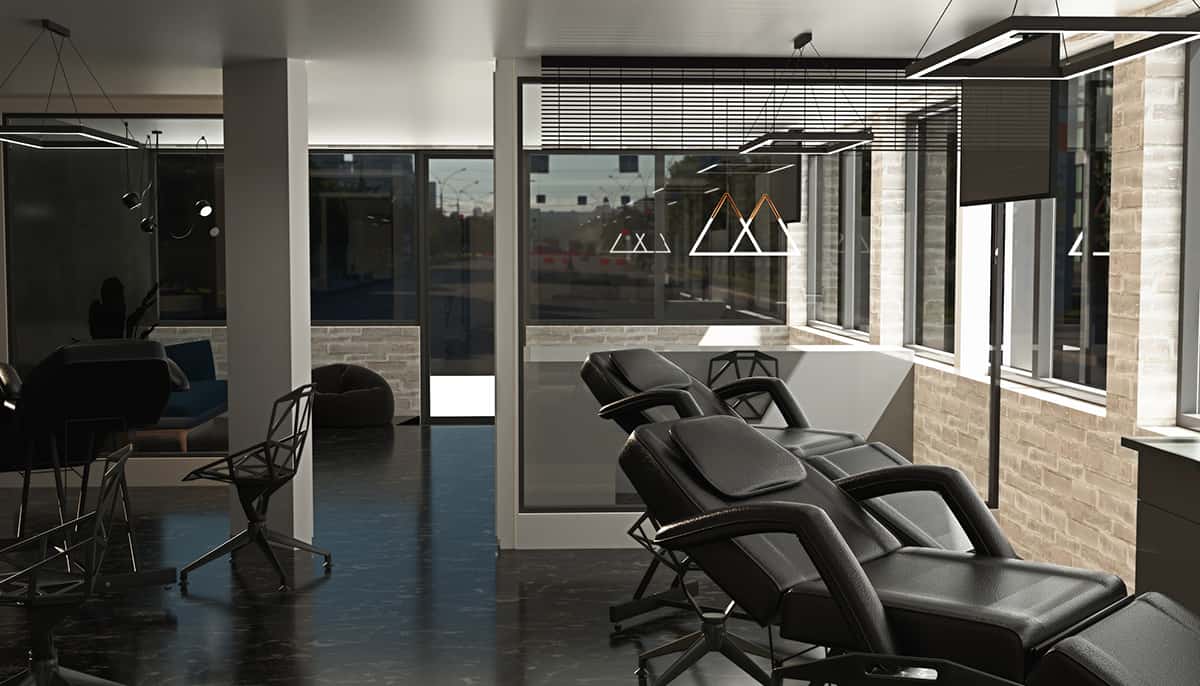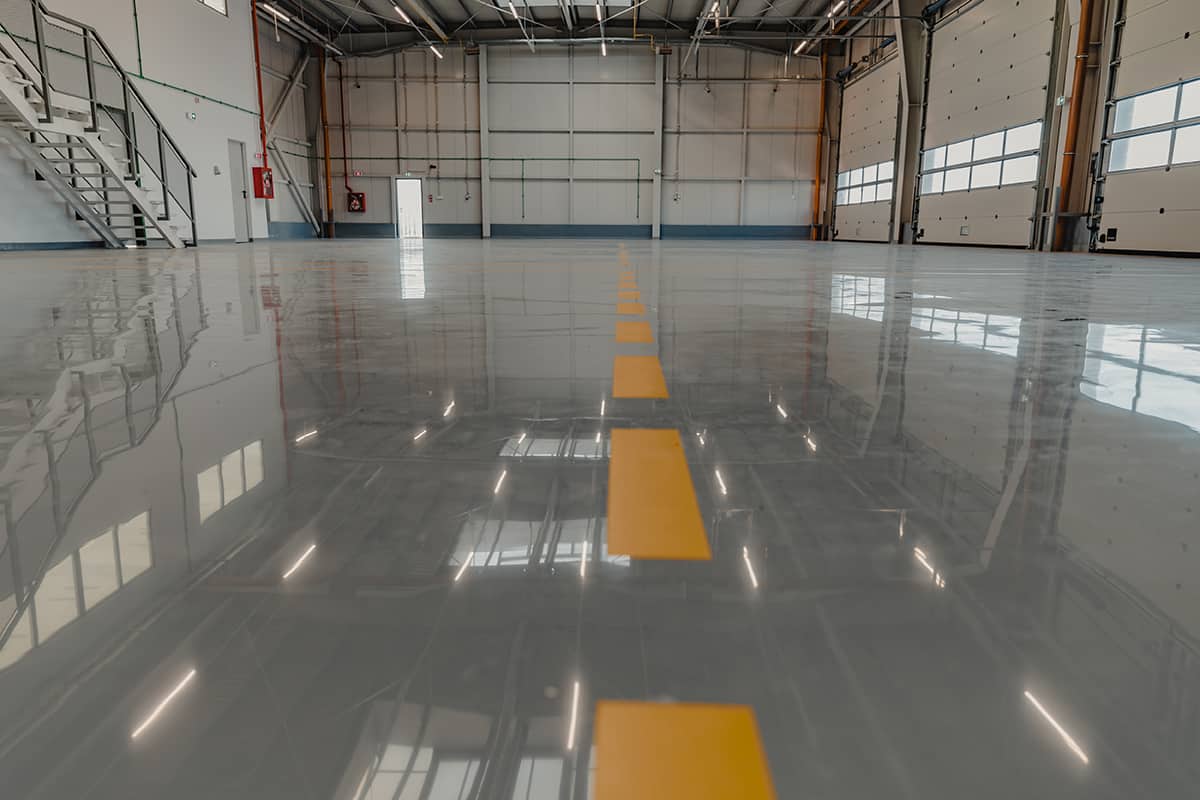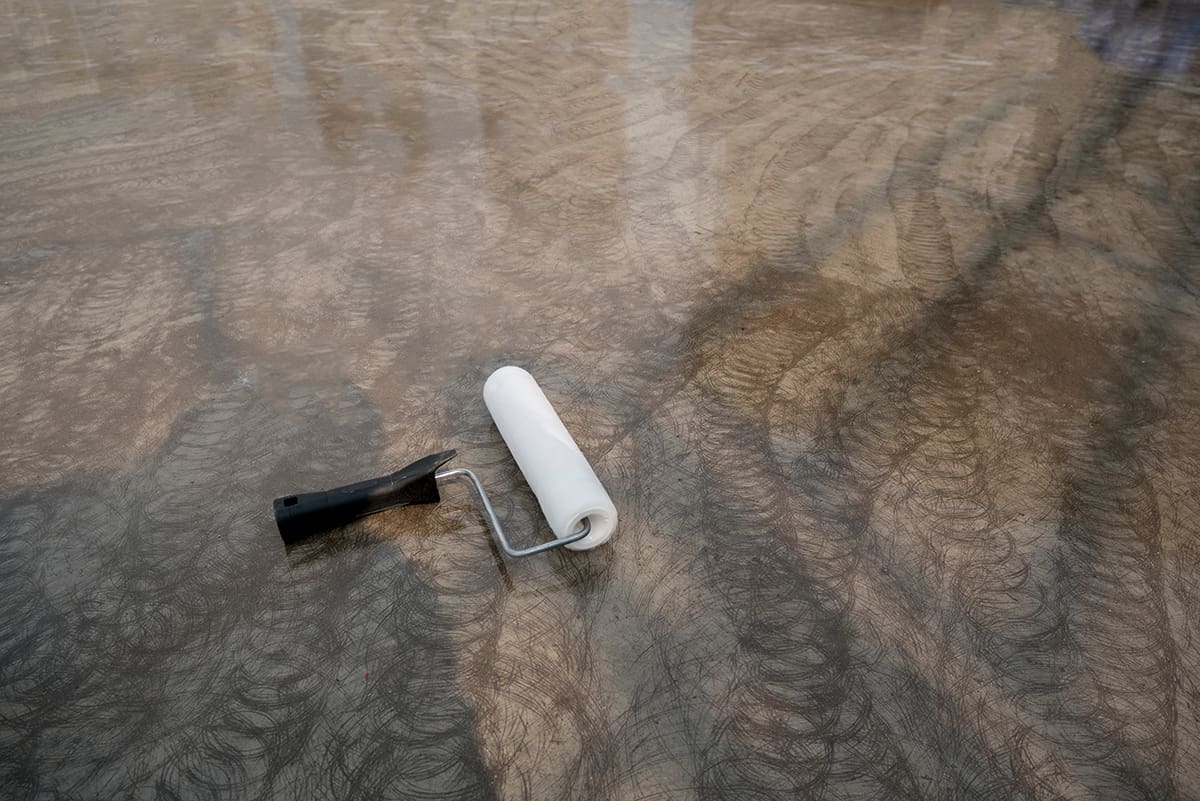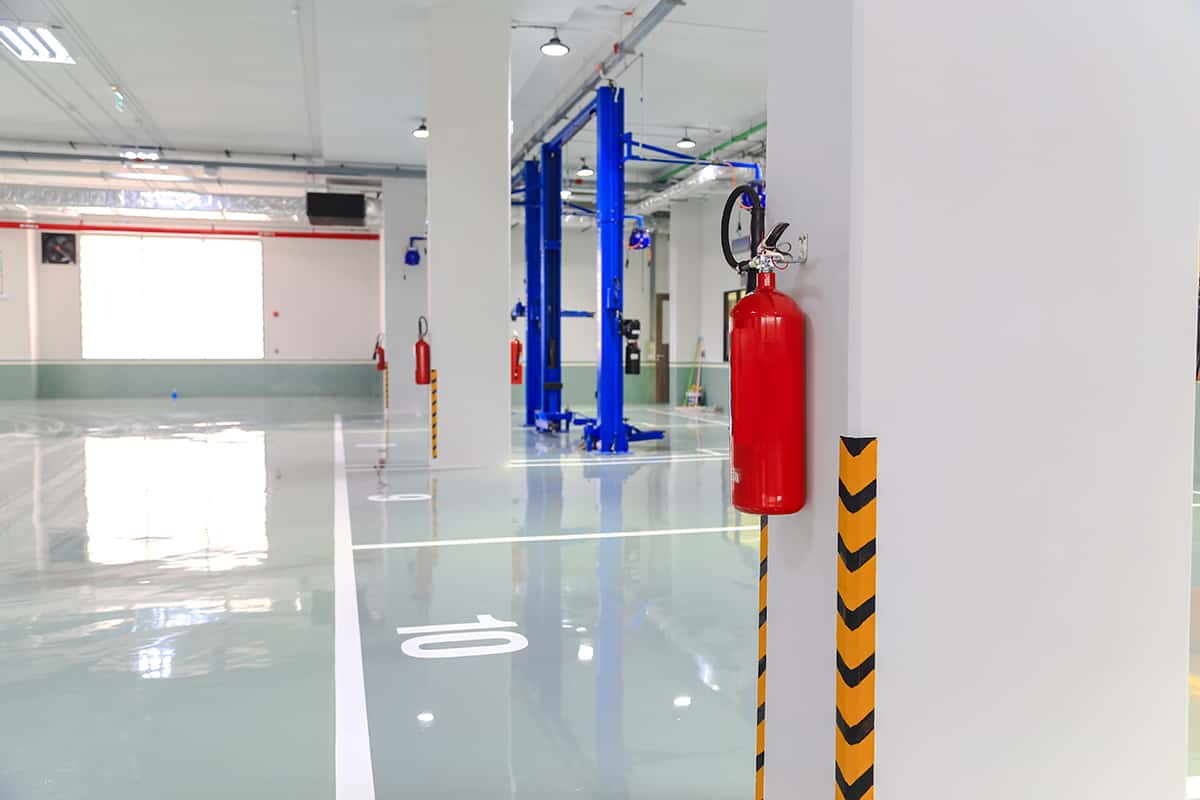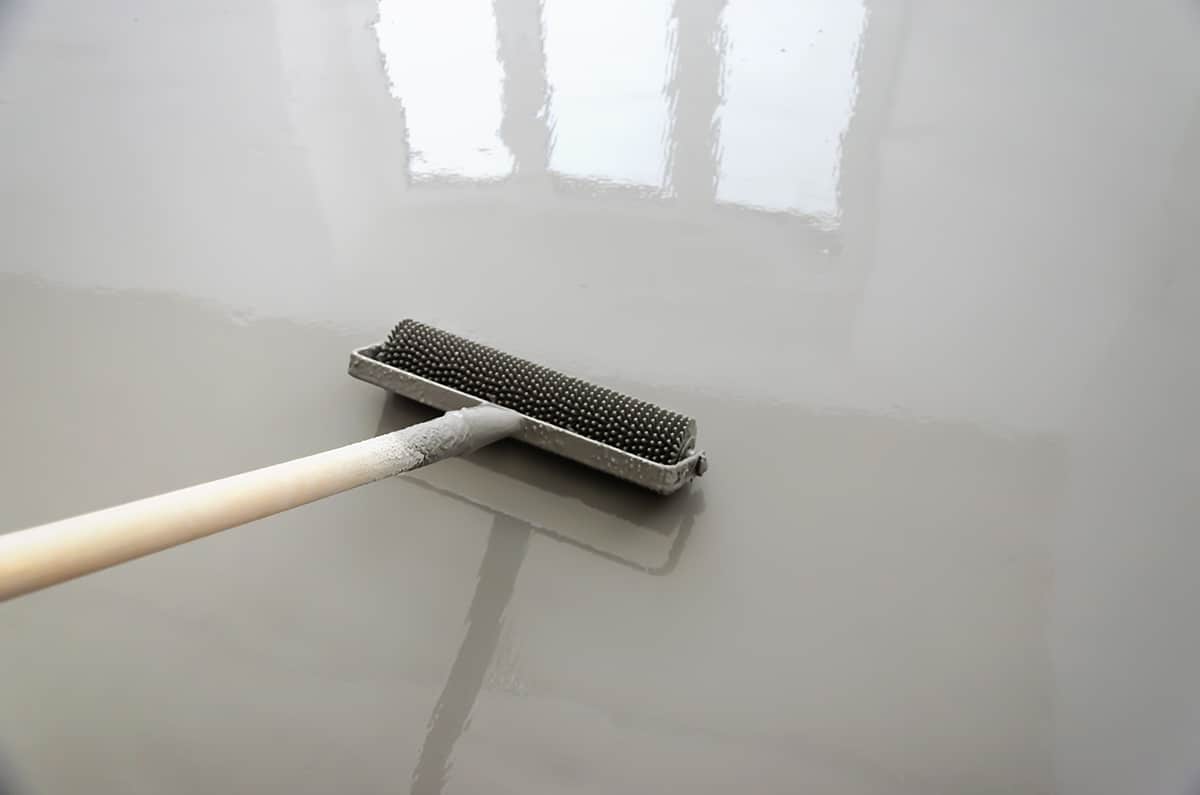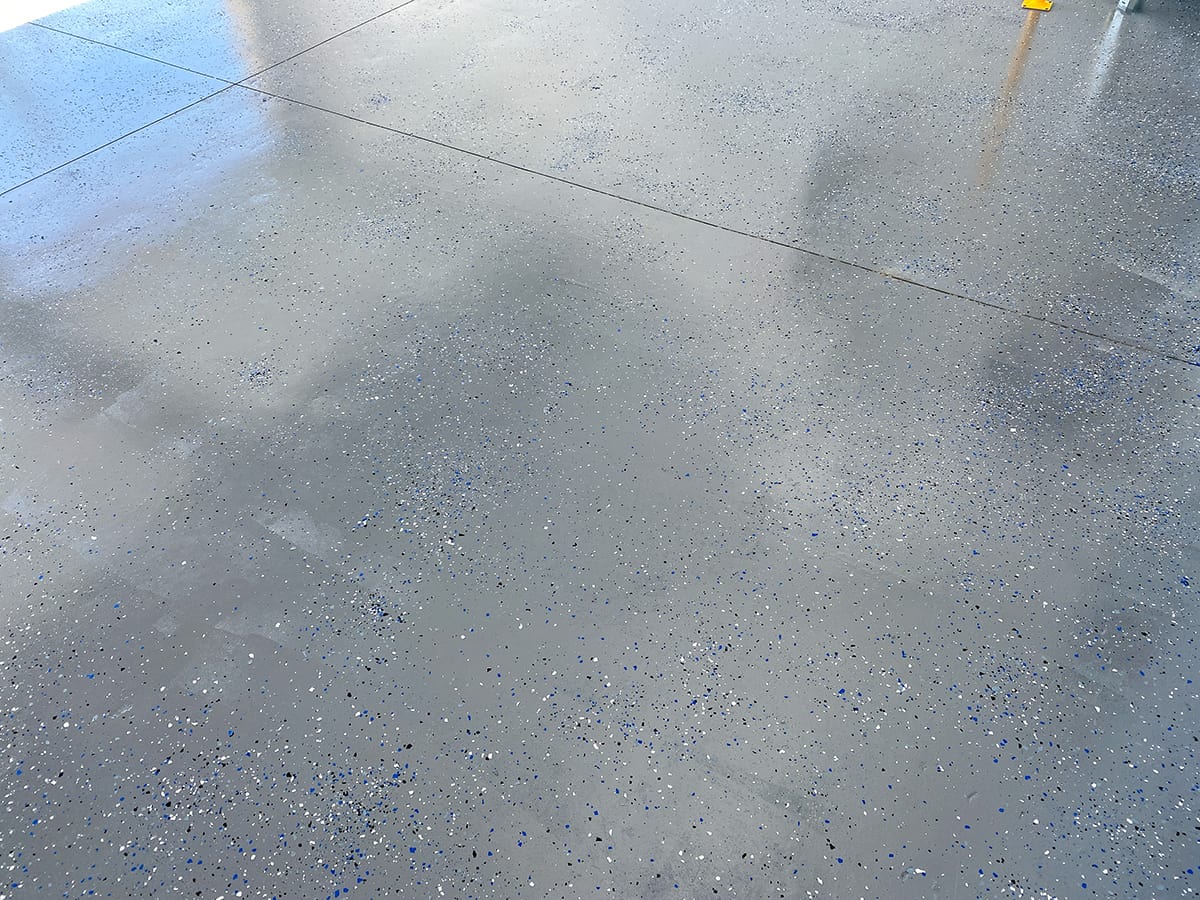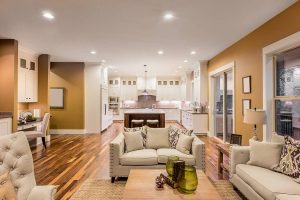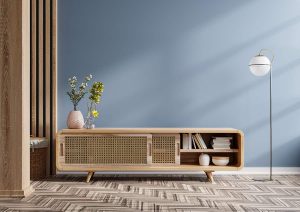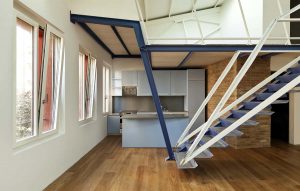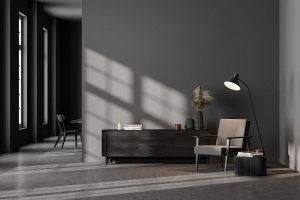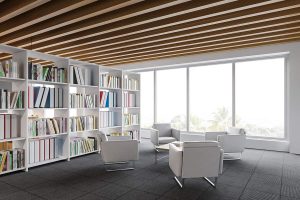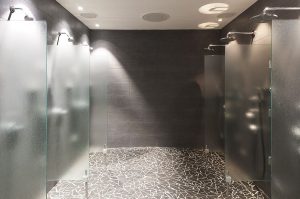If you’ve made the decision to install floor epoxy in your garage or workshop, then you are probably wondering which colors you can choose from.
Here we look at various options for epoxy flooring and which color represents the best choice for particular settings.
What is Floor Epoxy?
Floor epoxy is a type of floor covering that is most commonly used in commercial settings and for home garage floors. It is made from a resinous substance and a hardener that, when combined, will create a solid, hard plastic surface.
Epoxy is incredibly durable and offers many other benefits that are advantageous to different types of premises.
Where to Use Floor Epoxy
Floor epoxy is ideal for any setting that requires a solid, hard-wearing floor. It offers a durable and long-lasting flooring solution that is low maintenance and easy to clean. It can also be customized to suit your preferences in terms of color and practicality. Common places where you will find epoxy floors are:
- Factories
- Sports halls
- Commercial kitchens
- Clinical settings
- Home garages
- Workshops
Benefits of Epoxy Flooring
Glossy finish
Epoxy floors have a high gloss finish that reflects the light and can make a space feel brighter and more open. Even dark-colored epoxy floors will bounce light off them rather than absorbing it, which can also help to make a room feel bigger than it really is.
Durable
Epoxy floors are incredibly durable and long-lasting. They can withstand all sorts of wear and tear without showing any signs of use. This makes them an ideal choice of flooring in commercial premises or in a home garage workshop. The fact that they are so durable means they won’t need to be replaced very often. Typically you can expect your epoxy floor to last around 20 years.
Easy installation
Epoxy flooring installation is really quick and easy, so it’s a great solution if you want to create a hardened floor in your garage by yourself or if you’re in a hurry to start a project.
Epoxy floor installation doesn’t require any of the cutting or laying out of usual flooring solutions and instead can be applied with a roller brush, much like paint. You won’t need any special equipment or tools, and you can get everything you need from the hardware store or online.
Easy clean
As a hard, solid surface with a glossy finish, epoxy flooring is incredibly easy to clean. In a garage, you could hose down the floor and brush the water out through the garage door and let it dry naturally, or you could use a dustpan and brush followed by a mop to get a good clean.
In commercial premises, you could also hoover and subsequently mop the floor with chemicals for a disinfectant cleaning.
Low maintenance
Epoxy flooring requires little to no maintenance. Other than cleaning it, you won’t have to spend any time maintaining the floor. It should not need to be repaired or serviced in any way.
Chemically resistant
Epoxy flooring is chemically resistant, which makes it the perfect flooring surface for chemical plants or labs where chemicals are used. Any spills will not react with the floor or cause any damage.
Anti-slip properties
There are special additives you can add to epoxy flooring to give it qualities that will be beneficial in your settings. A popular additive is anti-slip flakes which will give the flooring a bit of grip so that people are less likely to slip on it.
Protects concrete
Epoxy flooring is installed over the top of concrete floors in most instances, and it binds itself to the concrete. It is able to protect the concrete and prevent any cracking from occurring, preserving the integrity of the building.
Color options
Epoxy flooring comes in a wide range of colors, so you can choose our favorite shade or a color that will match your decor theme. For example, in an auto workshop with a purple and black branding color scheme, you could opt for a purple epoxy floor to create a striking and memorable look for your customers.
Common Epoxy Floor Colors
The most popular epoxy floor colors are those which are neutral since they will blend seamlessly into most settings. A wide range of colors is available, with various additives to create different visual effects or practical qualities. The best epoxy floor colors for most situations are:
Black
Black is a great color choice in an auto workshop where oil spills and tire tracks can make the floor look messy. These sorts of marks will blend into a black floor so that the place looks cleaner and more orderly.
A black epoxy floor is not going to fade or yellow, so this is a good color choice if you want to prevent discoloration. It will also hide dirt easily, but it can also camouflage tools that have been put on the floor, making them hard to find after you’ve set them down.
Dark gray
Dark gray is another good color choice for workshops and home garages because it can hide dirt and spills easily, but it doesn’t look as harsh as black epoxy flooring, so it’s a good compromise if you want a floor that is functional and visually appealing. Dark gray epoxy is a neutral color and will work with almost any style you choose in your space.
Brown
Brown epoxy floors tend to look dated and old-fashioned; however, they already have a yellow undertone, so any fading or natural yellowing from UV light is going to be imperceptible. Brown is one of the least popular colors for epoxy flooring, but it is neutral and therefore won’t make too much of a statement if this is a look you are going for.
White
In a setting where you want the space to feel bright and clean, white epoxy flooring is going to be your best bet. This is usually chosen in clinical settings such as a doctor or dentist’s office or in hospitals. It can also work well in commercial kitchens where you want a flooring surface that is going to show any spillages or dirt easily.
When cleaned, a white floor will look spotless, and this can help to make people feel more at ease in settings where they are being treated or where food preparation takes place.
White flooring will also help to show up anything that is dropped on the floor, so if you are in a workshop where you are continually dropping screws or small objects and struggling to find them on the floor, then white is a good floor coloring that will help you spot lost items more easily.
White epoxy flooring is a good choice in indoor settings where there is not a lot of natural light because this color of flooring has a tendency to yellow in UV light.
For garage flooring, a white epoxy surface is best avoided because when the garage door is open, you are going to get a lot of sunlight flooding in, which will yellow the floor, making it look dated and unappealing.
You’ll also notice that when you close your garage door, there will be several inches of flooring, which is still visible from the outside. As this will be subject to UV light at all times, it is going to fade much more quickly than the epoxy flooring inside your garage, and therefore you will end up with a two-toned floor where it is obvious that some fading has occurred.
UV filters are available as an additive in epoxy floors to help slow the discoloration process, but they cannot completely halt it, so if you want to be sure not to have yellowing on your epoxy floors, then white is best avoided.
Also, bear in mind when choosing white epoxy flooring that any tiny speck of dirt or dust is going to be easily visible, so this is quite a high maintenance floor color because it is going to need cleaning more frequently than any other floor color.
Pale gray
If you want a light and bright atmosphere in your space but are concerned that white flooring is going to show dirt too easily, or you’re worried about the prospect of fading and discoloration, then pale gray is a good compromise for your epoxy floor color.
This is a color that will still make a space feel bright and airy, but it is able to camouflage yellowing and dirt much better than stark white floors.
Speckled
Adding-colored flakes to epoxy flooring is a popular way to make it look interesting while also making it more low maintenance. A speckled flooring surface will hide dirt more easily than a plain-colored epoxy flooring, which means you can go longer between cleans without it looking too messy.
A black floor with gray flakes is a nice option, or a dark gray floor with pale gray flakes can look modern and neutral.
